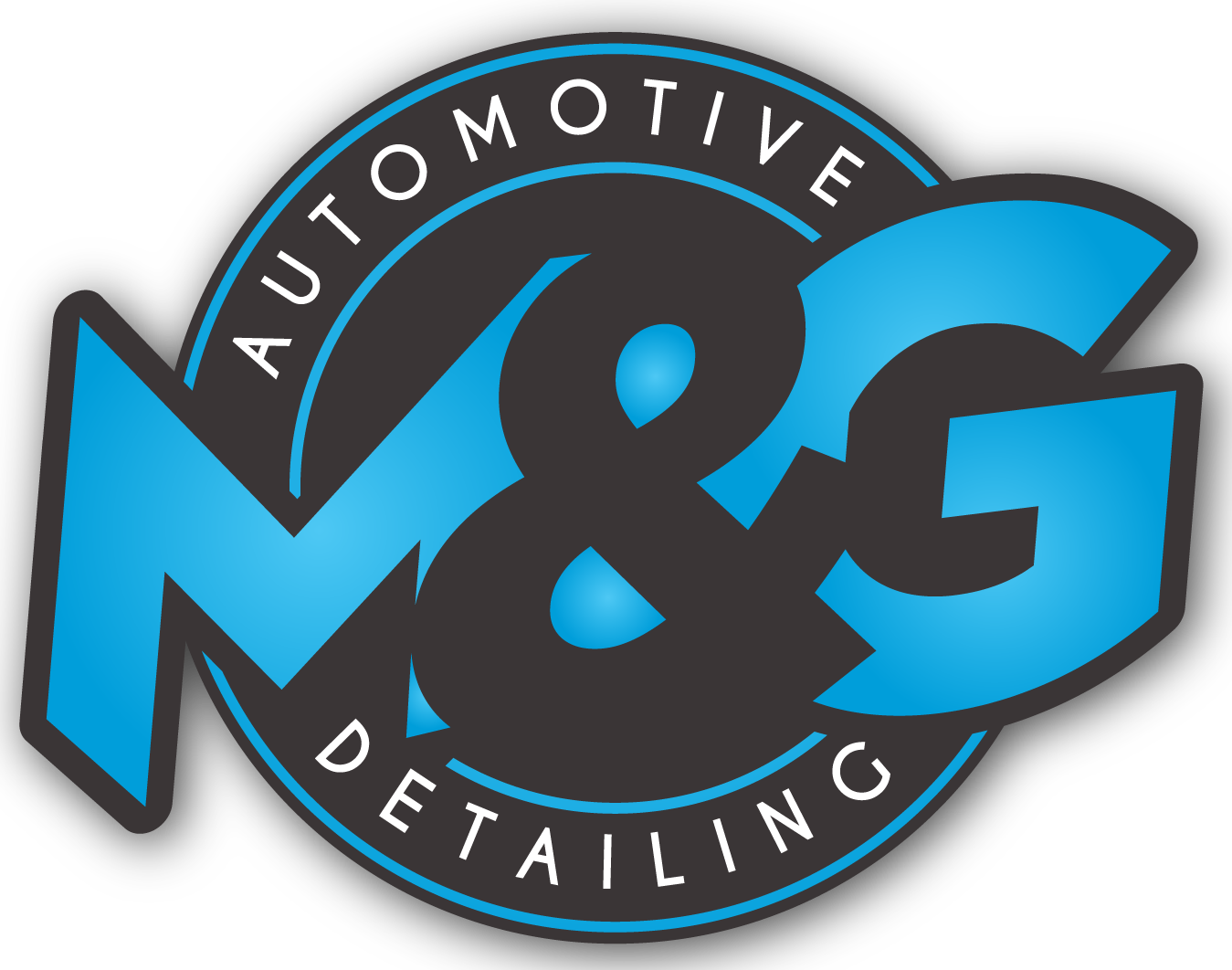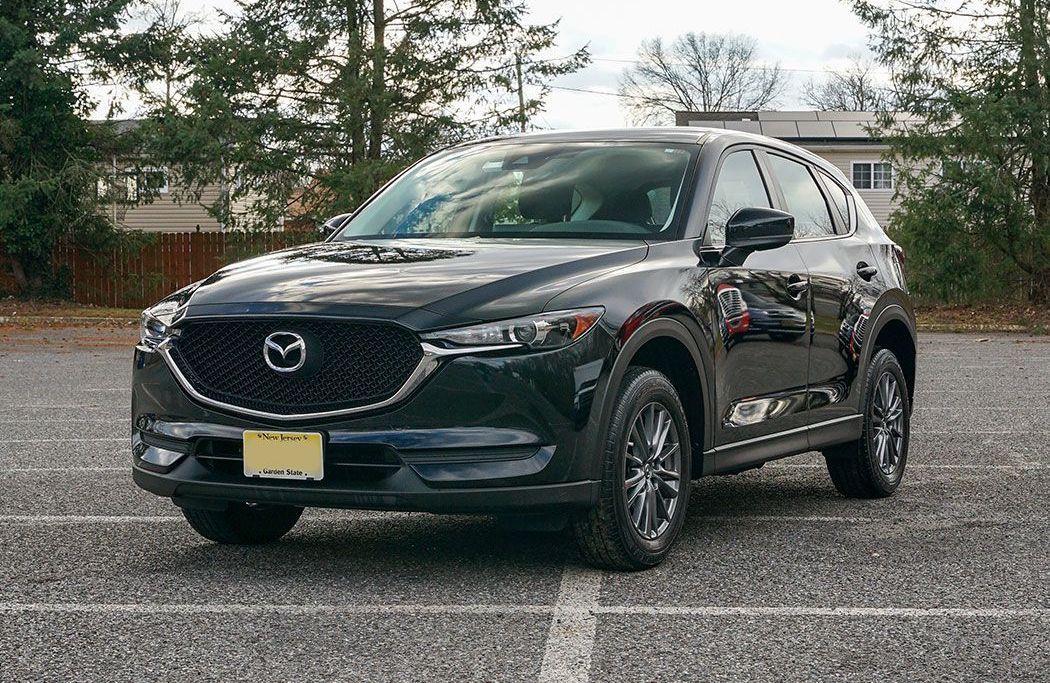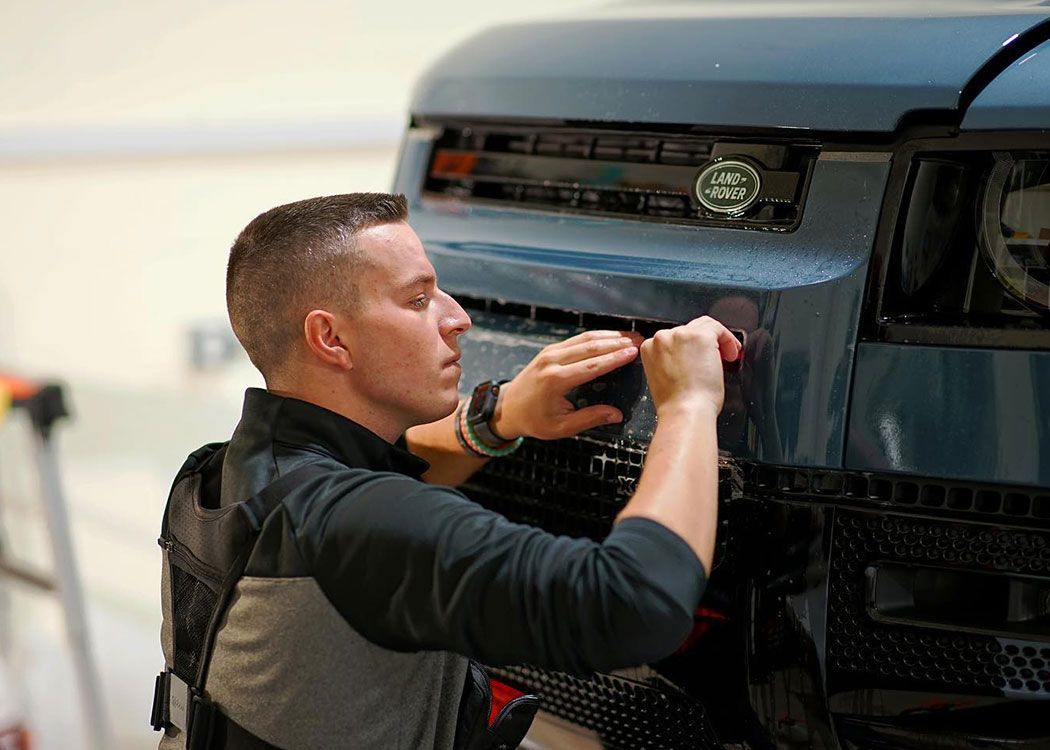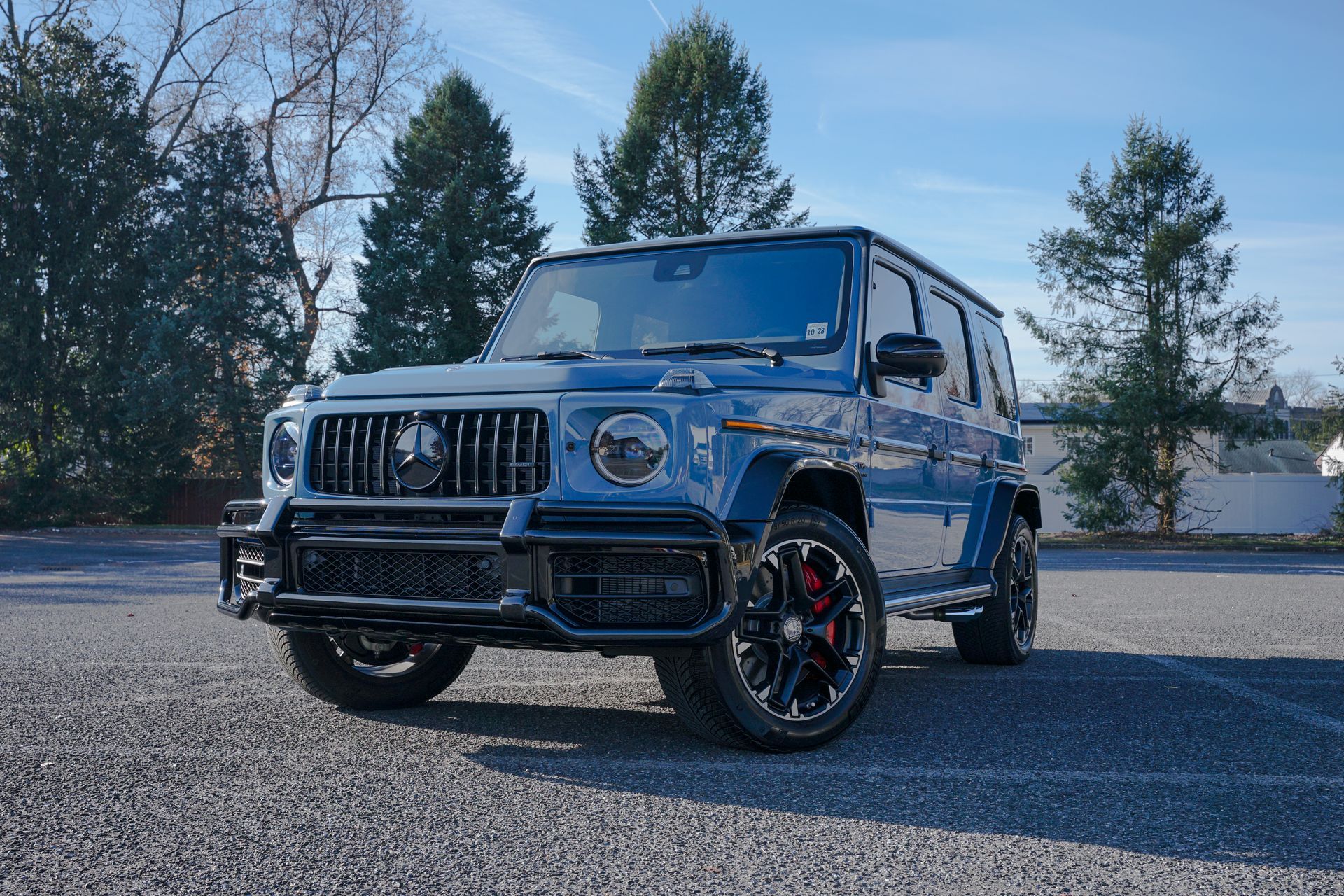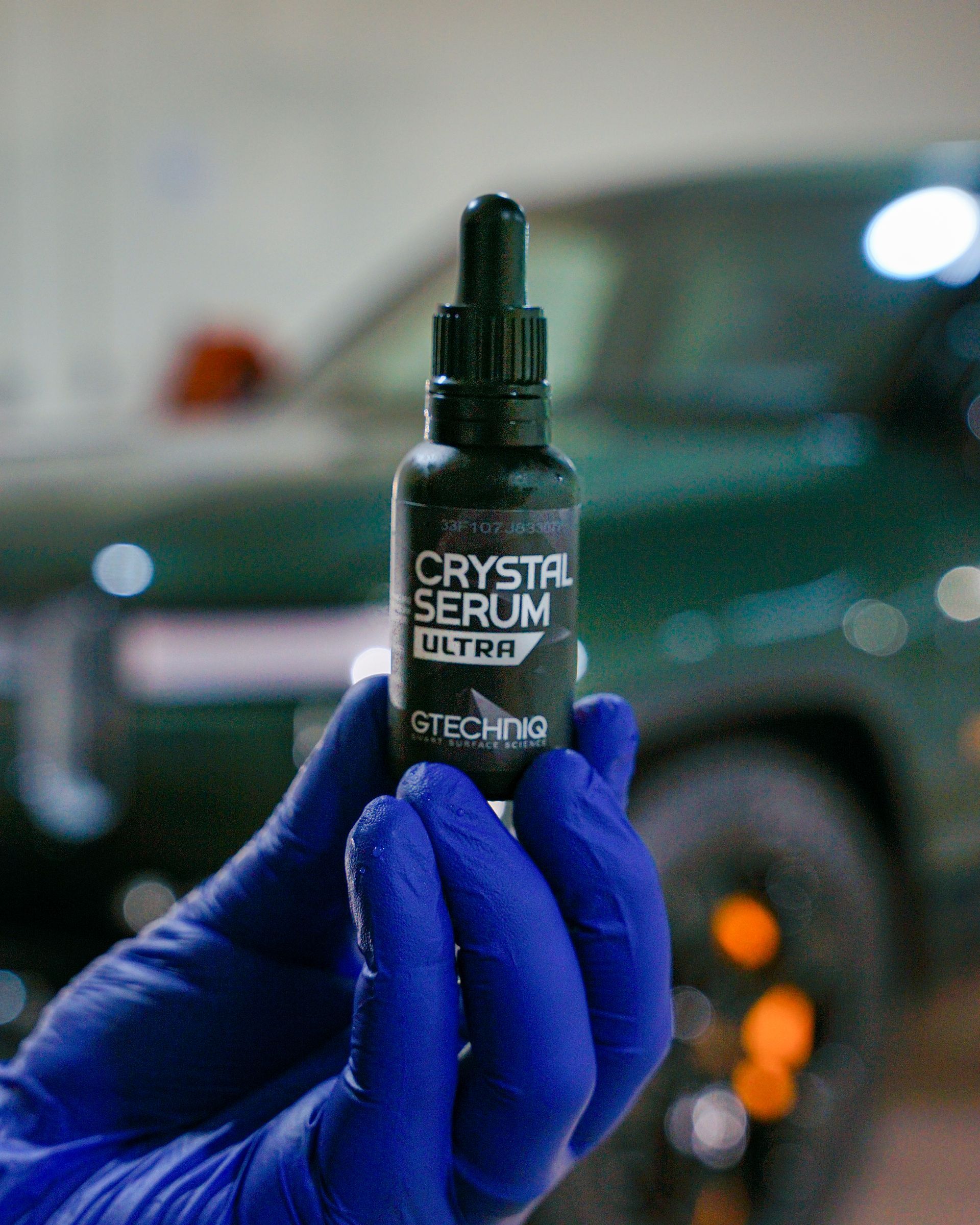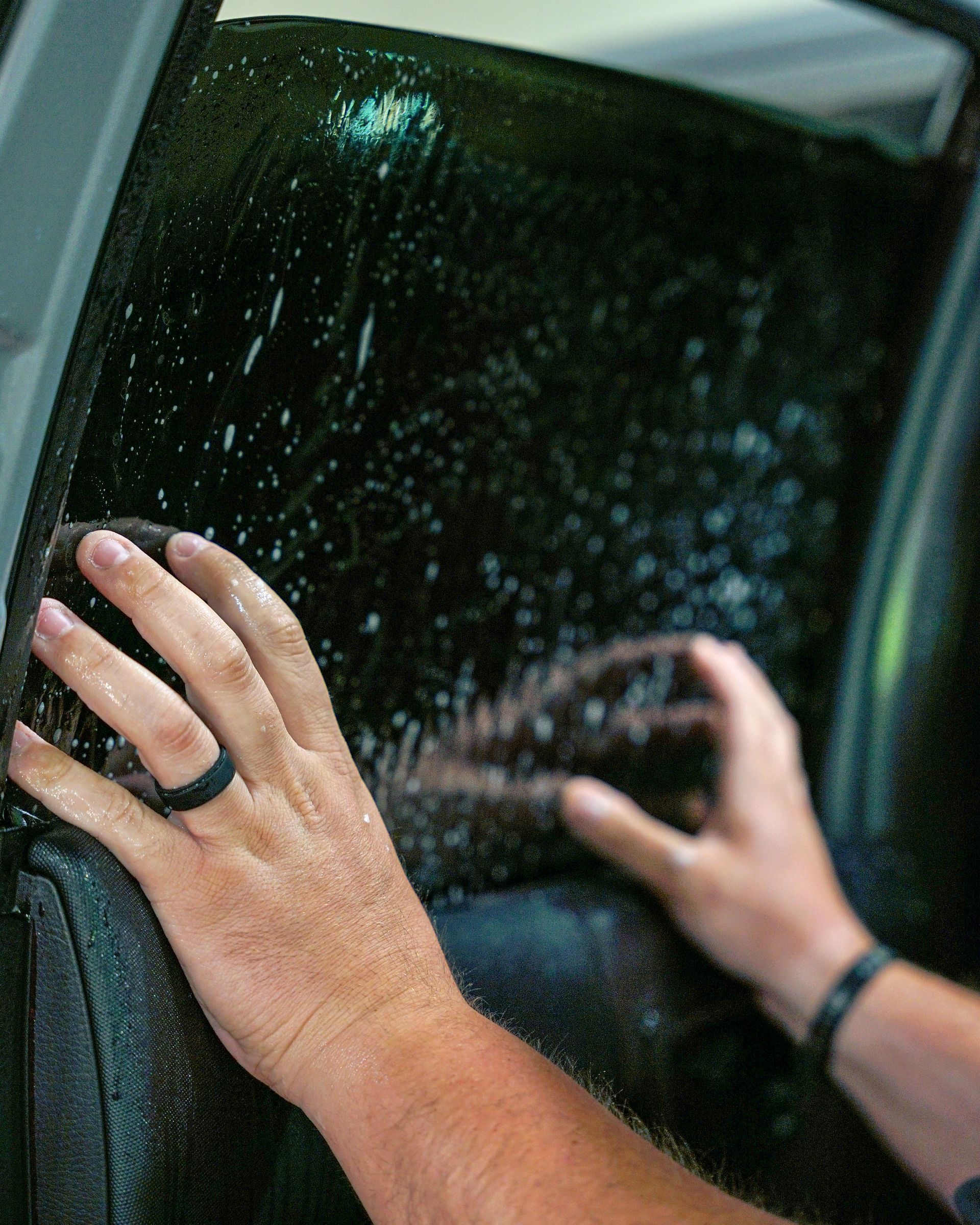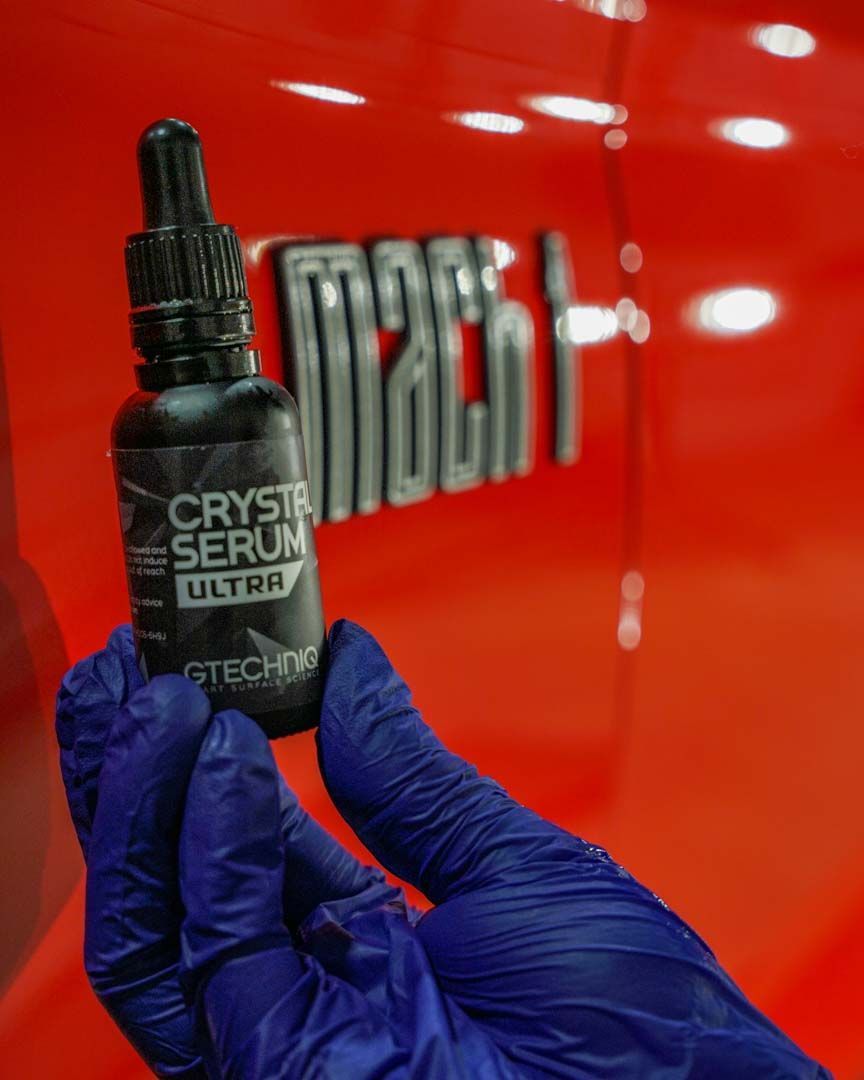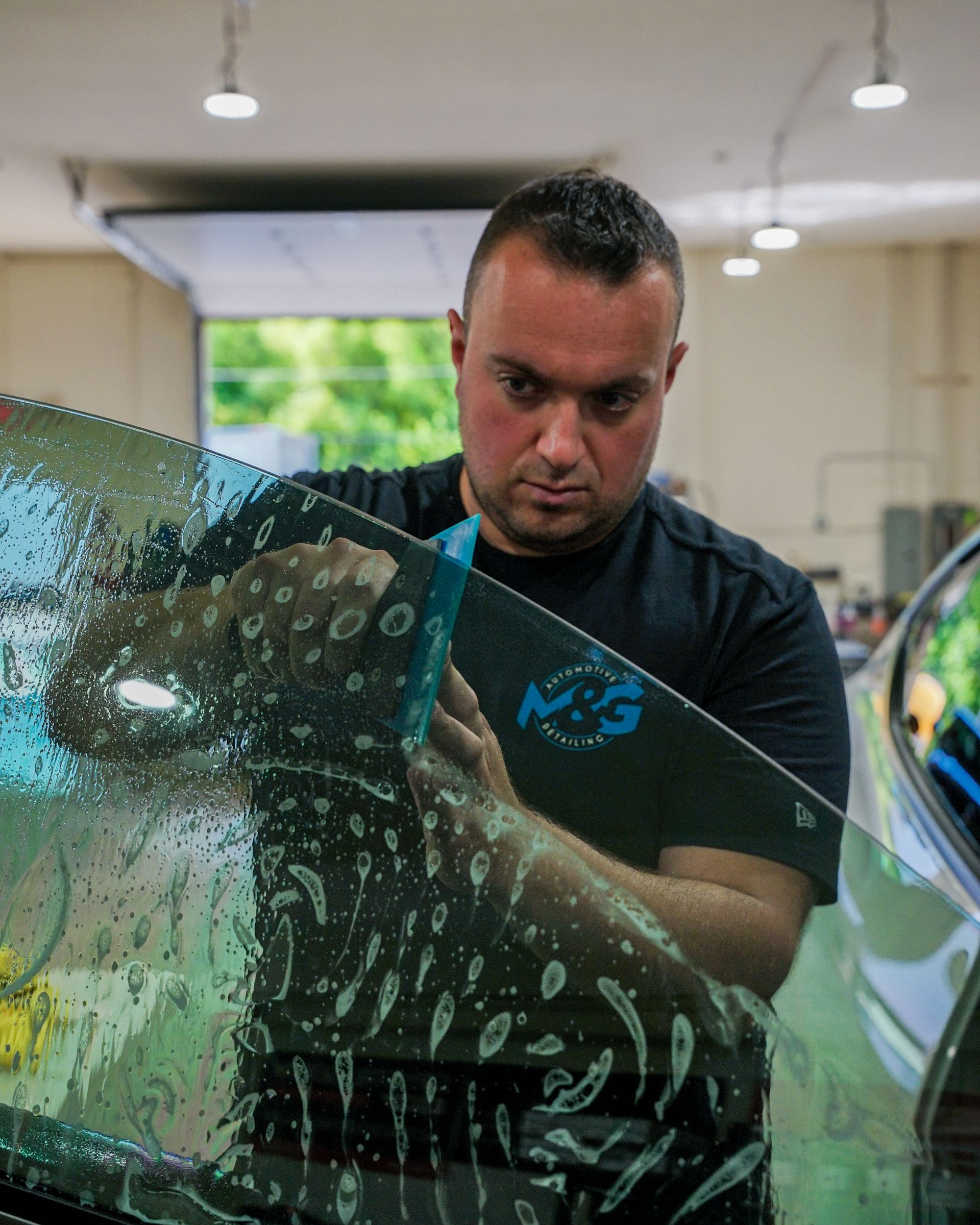Ceramic Coating for Tesla: Enhance Aesthetic and Protect Paint in Cherry Hill, NJ
Riding a Tesla is a statement; it's about class, sustainability, and cutting-edge technology. But isn't there anything more you can do to amplify your luxury car experience? Enter the world of ceramic coating for your beloved Tesla. Serving as a second skin for your vehicle, this nano-coating phenomenon has swept Cherry Hill, NJ, off its feet. It's not just about elevating the aesthetics; it’s about creating an unbreakable bond between your Tesla and perfection. In this blog post, we explore how ceramic coating adds another layer of sophistication to your Tesla while safeguarding that irresistible paint finish—an investment-worthy love affair that starts in Cherry Hill, NJ.
Ceramic coating for your Tesla in Cherry Hill, NJ, offers numerous benefits, such as enhanced aesthetics, protection against UV rays and environmental contaminants, easier maintenance, and increased resale value. Our professional ceramic coating service provides a long-lasting and durable solution to keep your Tesla looking its best.
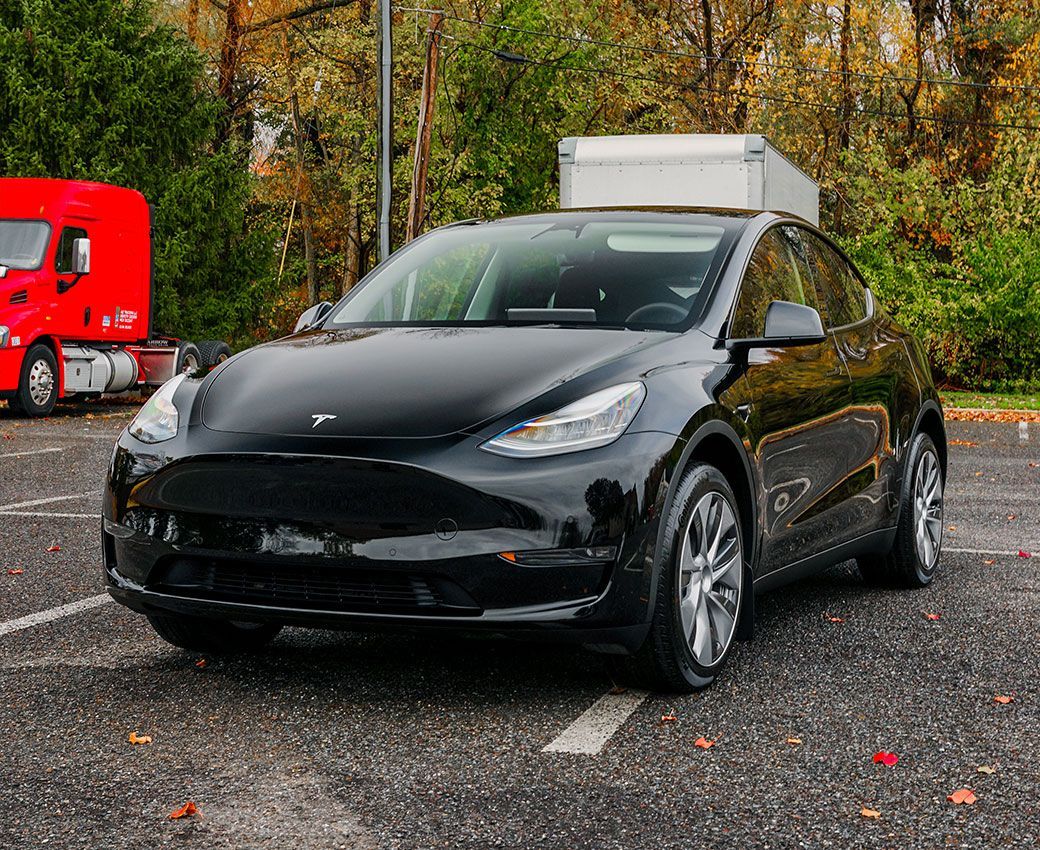
Ceramic Coating Explained
You're a proud Tesla owner in Cherry Hill, NJ, and you want to ensure your vehicle maintains its pristine appearance for years to come. That's where ceramic coating comes into play. But what exactly is a ceramic coating? Ceramic coating, also known as nano-ceramic coating, is a liquid polymer that chemically bonds with the vehicle's paint surface. This creates a protective layer that enhances the aesthetic appeal of your Tesla while providing long-lasting protection against various environmental contaminants. Ceramic coating is more than just an extra layer on top of your vehicle's paintwork. It is a technologically advanced solution designed to provide long-lasting protection from external elements, such as UV rays, dirt, and chemicals. When properly prepared and applied by experts, these particles form a solid bond with the surface.
Unlike traditional waxes or sealants that sit on top of the surface and eventually wear off over time, ceramic coatings form a long-lasting bond with the paintwork. This bond creates a durable and highly hydrophobic layer that repels water, dirt, and other contaminants. Apart from its protective properties, ceramic coating also enhances the appearance of your Tesla. It creates a depth of gloss that surpasses the shine achieved with conventional waxing methods. This depth and clarity add an extra touch of visual appeal to your vehicle, elevating it to a whole new level. Ceramic coatings can also be customized based on your preferences. Options such as increased hardness or different levels of gloss can be achieved, tailoring the coating to your specific needs and desired outcome.
Benefits of Ceramic Coating Your Tesla in Cherry Hill, NJ
Ceramic coating has gained increasing popularity among car enthusiasts and owners looking to enhance the aesthetic appeal and protection of their vehicles. When it comes to Teslas in Cherry Hill, NJ, there are several notable benefits to consider when opting for ceramic coating. Firstly, ceramic coating offers exceptional protection against various environmental contaminants that can damage your car's exterior finish. The coating forms a protective layer that acts as a shield against dirt, dust, pollen, bird droppings, tree sap, and other pollutants. This not only helps maintain the appearance of your Tesla but also makes cleaning much easier.
In addition to environmental contaminants, ceramic coating is highly effective at protecting your Tesla from UV rays. The strong ultraviolet radiation from the sun can cause paint to fade or oxidize over time. By applying a ceramic coating, you create an additional layer of protection that can filter out harmful UV rays and minimize their impact on your Tesla's paintwork. Ceramic coatings also offer long-lasting durability. Unlike wax or sealants that require frequent reapplication, a professionally applied ceramic coating can last for years. Due to its chemical bonding properties with the vehicle's paint surface, it remains intact even when exposed to harsh weather conditions or regular washing.
Aesthetic Enhancements
When it comes to enhancing the aesthetics of your Tesla, ceramic coating is an excellent choice. This innovative protective layer not only shields your vehicle's paintwork but also provides a stunning visual appeal that can elevate its overall appearance. The smooth and glossy finish achieved through ceramic coating gives your Tesla a deep, mirror-like shine that is sure to turn heads on the streets of Cherry Hill, NJ, and beyond.
By applying a ceramic coating to your Tesla, you can intensify the vibrancy of its paint color. The coating creates a hydrophobic barrier that repels water, dirt, and other contaminants, preventing them from adhering to the surface. This means that raindrops will effortlessly bead up and roll off your car's exterior, reducing the need for frequent washes. Additionally, ceramic coatings are highly resistant to UV rays and oxidation, which can cause fading or dullness over time. Additionally, this treatment leaves no streaks or obvious lines when carried out correctly by experts in Cherry Hill, New Jersey, who specialize in ceramic coatings for Teslas. The end result is a flawlessly smooth and clear coat that enhances the depth and clarity of your Tesla's paint job, giving it an enviable, luxurious look.
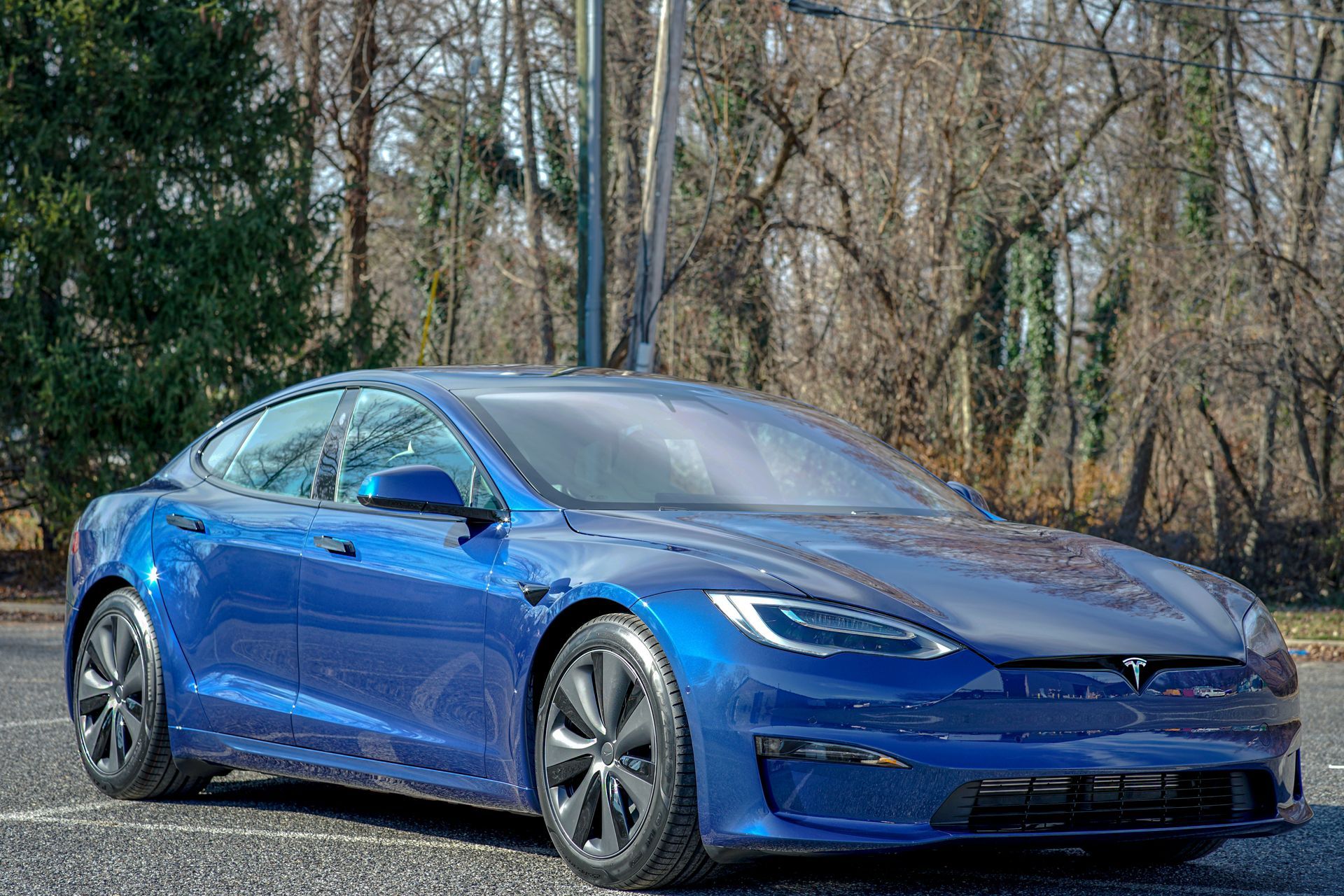
Comparison with Other Types of Coatings
While there are various types of coatings available on the market, ceramic coating stands out as a superior choice for Tesla owners looking to protect their investment. Let's take a moment to explore how ceramic coating compares to other coatings commonly used for vehicles. When discussing vehicle protection, traditional waxes and sealants come to mind. While these options provide some level of shielding from external elements, they pale in comparison to the long-lasting durability and efficacy offered by ceramic coatings. Unlike wax, which requires frequent reapplication, ceramic coatings can last several years with proper maintenance.
Another popular alternative is polymer-based coatings. While these may offer decent protection, they often lack the hardness and resistance to environmental damage that ceramic coatings provide. Ceramic coatings are known for their exceptional hardness and ability to withstand harsh conditions, ensuring that your Tesla's paint remains protected against environmental contaminants, chemicals, and fading. Additionally, unlike some sealants or polymer-based coatings that can alter the appearance of your vehicle's paint color, ceramic coatings enhance and preserve the original color vibrancy. The glossy finish achieved with ceramic coating gives your Tesla a sleek and dynamic look that is unmatched by other coating options.
The Process of Applying Ceramic Coating to a Tesla
Ceramic coating has become increasingly popular among Tesla owners in Cherry Hill, NJ, as it offers a multitude of benefits, including enhanced aesthetics and paint protection. But how exactly is ceramic coating applied to a Tesla? Let's dive into the step-by-step process.
- Surface preparation: Before applying ceramic coating, it's crucial to thoroughly clean the surface of your Tesla. This involves washing it with a gentle car shampoo to remove any dirt or residue. You may also need to use clay bar treatments to eliminate embedded contaminants like tar or tree sap.
- Decontamination: After cleaning, the next step is decontamination. This involves using chemical compounds or iron fallout removers to dissolve and remove iron particles embedded in the paint surface. It ensures that the coating adheres evenly and provides optimal protection.
- Paint Correction: If your Tesla has any visible scratches, swirls, or imperfections in the paint, it's essential to address them before applying ceramic coating. This process requires skilled hands and specialized tools such as dual-action polishers to carefully buff out these blemishes, restoring a smooth and flawless finish.
- Application of Ceramic Coating: Once the surface has been prepped and corrected, it's time for the main event—applying the ceramic coating itself. This should be done under controlled temperature conditions to ensure optimal bonding and curing.
- Curing and Bonding: After the ceramic coating has been applied, it needs time to cure and bond with the paint surface. This typically takes a few hours, depending on the specific product used. It's important to allow sufficient drying time for the coating to achieve its maximum durability and effectiveness.
Maintaining Your Ceramic Coating on Your Tesla
After investing in a ceramic coating for your Tesla in Cherry Hill, NJ, it's essential to understand how to properly maintain it to reap its long-term benefits. While ceramic coatings offer significant durability and protection, regular care is still required. Here are some tips for maintaining your ceramic coating:
- Regular Washing: Wash your Tesla regularly using pH-neutral car shampoo and a microfiber wash mitt or sponge. Avoid harsh detergents or brushes that can potentially damage the coating. Rinse thoroughly and dry with a microfiber towel or a blower to prevent water spots.
- Avoid Harsh Chemicals: When cleaning your vehicle, avoid using acidic or alkaline cleaners, as they can degrade the ceramic coating over time. Instead, opt for specially formulated, coating-safe products that won't compromise the longevity of the coating.
- Regular Inspections: Conduct regular inspections of your Tesla's paint surface for any signs of damage or wear on the ceramic coating. Addressing any issues promptly can help protect your vehicle from the elements and prevent further deterioration.
By following these maintenance tips, you can ensure that your ceramic coating continues to provide long-lasting protection and keeps your Tesla looking its best for years to come.
Trusted Ceramic Coating Service in Cherry Hill, NJ
Are you searching for a trusted ceramic coating service in Cherry Hill, NJ, to protect and enhance the beauty of your vehicle? Look no further than M&G Automotive Detailing! With our years of expertise, we're committed to providing top-tier ceramic coating solutions that ensure your car's longevity, shine, and resilience in Cherry Hill's challenging climate. Our team of professionals is dedicated to delivering exceptional results, ensuring your vehicle remains in pristine condition for years to come. Don't miss out on the opportunity to experience the transformative power of ceramic coating with M&G Automotive Detailing. Contact us today and let us elevate the aesthetics and protection of your cherished vehicle. Your car deserves the best, and so do you!
